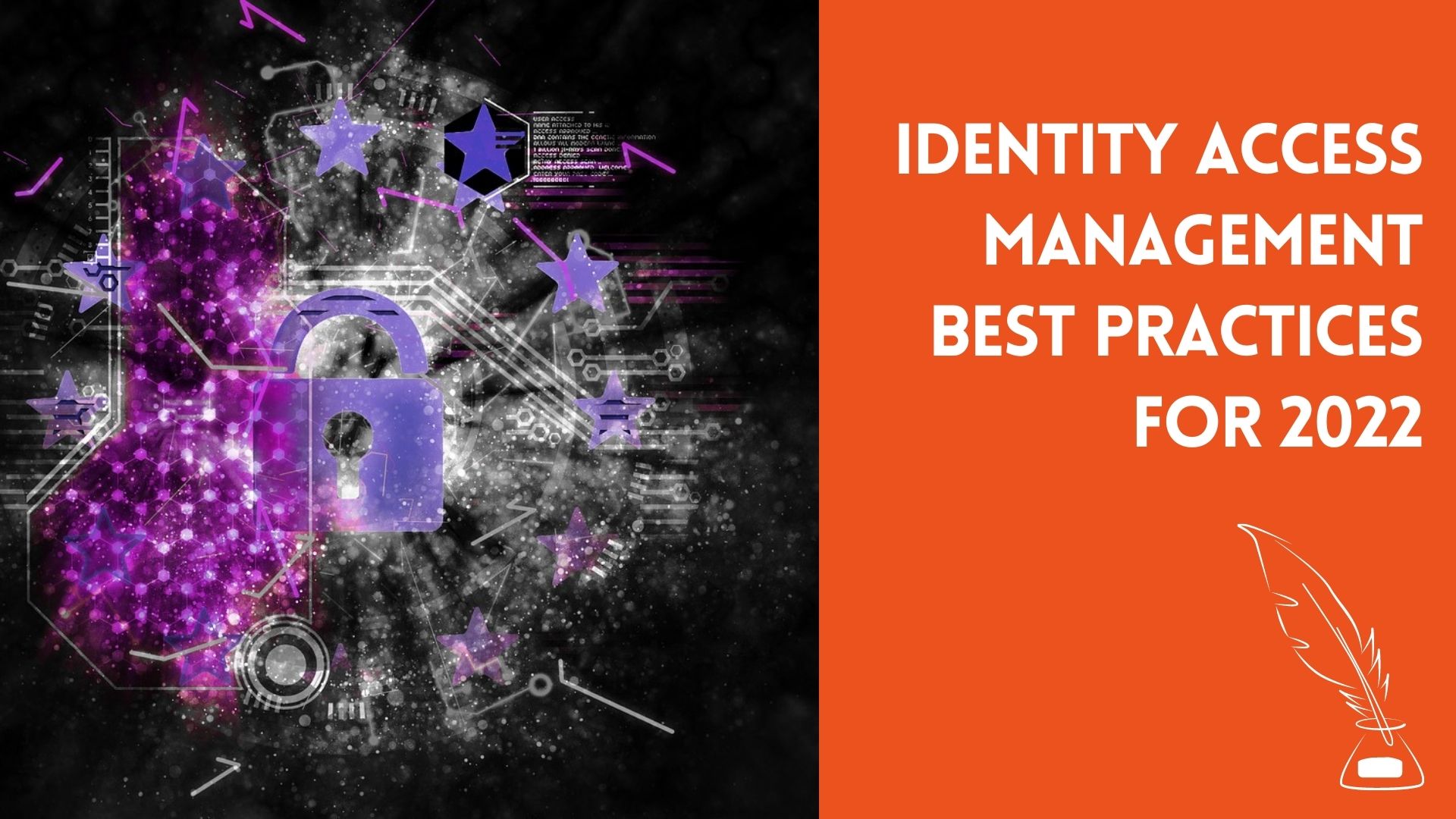For 2024, a key strategic priority needs to be implementing modernized identity and access management solutions. This is especially relevant since it looks like hybrid and remote work is here to stay, and you need to make sure you’re keeping your company’s user identities safe.
With that in mind, the following are some things to know about IAM for the new year.
The Basics of IAM
Identity and access management broadly refers to managing access to various assets, including files, devices, networks, and applications. The term refers to the policies and the tools and systems you use to reduce risks related to identity.
When you have a strong, modernized, and effective IAM strategy in place, your data and assets are safe, but at the same time, your employees can stay productive and have what they need to do their jobs.
IAM security covers any and everything you’re using to protect user identities.
A report from IBM in 2021 found that stolen credentials are the most common cause of data breaches, costing companies an average of $4.24 million per incident.
These statistics highlight the importance of putting your attention on IAM in 2022.
While these are general things to know about IAM, the following are more specific elements to implement in a strategy.
Remote Considerations
If you have a current IAM strategy, but it’s not cloud-based, this should be the starting point. Your remote employees need to have secure, convenient access. You also need your IT team to be able to manage security policies no matter their physical location.
When you have remote-friendly IAM processes, your employees then have easier access, and it’s seamless and continuous for your admins in the IT department.
Use Multifactor Authentication When Possibly
In the past, authentication processes would rely on users entering a username and password. Then, that would be validated against a user directory. Now, user identities are often compromised, and the credentials can be used to access assets.
One of the most important things any organization can do to protect against a security breach is the use of multifactor authentication whenever possible.
Users enter something like a PIN code and their standard username and password combination. The pin code can be generated on a smartphone, or sent by text, just to give examples.
Multifactor authentication is one of the simultaneously simple and effective ways to implement an IAM security strategy.
There’s the automatic addition of security to users’ identities through the requirement of multiple verification credentials.
Two-factor authentication is the most common type of MFA, and it requires only one additional factor for verification after the password.
Zero Trust
Undoubtedly, Zero Trust will be one of the things you hear about most often when it comes to cybersecurity in 2022.
Zero Trust is a way to approach access and security where users can log on from anywhere in the world and do so safely.
There’s no automatic authentication with Zero Trust because that’s no longer relevant or effective given the remote work environment. Instead, identities have to be verified through a trust model at each step. The right credentials don’t mean there’s an inherent trust or that the person is who’s authorized to use those credentials.
Zero Trust is important as AI-related threats become more common and sophisticated too.
Treat actors are using machine and advanced learning capabilities, expanding the overall threat landscape.
In general, Zero Trust and other cybersecurity methodologies will probably be talked about more in the boardroom than in the past.
Zero Trust and identity will, along with that, undoubtedly be specific dominating areas of conversation. This growing importance of Zero Trust was highlighted in May 2021. The White House issued an Executive Order mandating essentially every federal agency have a defined Zero Trust architecture they’re ready to implement by the end of 2022.
Choosing IAM Solutions
Finally, to tie all of what’s highlighted above together, you may be looking for an integrated IAM solution.
Along with one that’s compatible and facilitates Zero Trust architecture and offers advanced yet user-friendly MFA solutions, you also want to think about third-party vendor management and the role of IoT in your organization.
There are two broad goals for choosing an IAM solution, which is making sure that the people who access your network are who they say they are and that your network users have the right access permissions.
Look for cloud-based IAM solutions so that you can seamlessly manage this entire part of your strategy in one location.





